Sharing My Experience with DIY Smart Home Systems in China
The world of smart homes is always changing at lightning speed. I started with just planning on using Mi Home and HomeKit, but now, my place is a hotchpotch of at least four different platforms buzzing with activity and a plethora of brands to boot. Today, I want to spill the beans on the smart home platforms and brands I’ve tinkered with this year, hoping to offer some handy insights.

Mi Home: Rich Ecosystem, Comprehensive Features
Mi Home has seriously upped its game this year. A feature I was eagerly awaiting last year, smartphone integration, is now a reality with Mi Home 9.0. They’ve also rolled out proactive intelligence that makes setting up automations a breeze. However, it typically takes a while from a Mi Home product’s release to it actually becoming user-friendly. Despite this, Mi Home’s extensive functionalities and its massive ecosystem make it my top recommendation for the year—no contest. In fact, this year I even switched to a Xiaomi Redmi K70 because of Mi Home’s ecosystem. While not many Xiaomi branded products are used directly in my home, the influence of Mi Home is undeniable.
And hey, if you don’t use a Xiaomi phone, using Mi Home via the XiaoAi speaker (voice-controlled or touchscreen) still provides a stellar experience.
Apple HOMEKIT: Stable but Lacks Pizzazz
This year, it feels like Apple’s HomeKit hasn’t really changed much. Its stability is unmatched, but it’s missing those wow-factor new features. HomeKit’s strength lies in its reliability, though you might need to shell out more bucks to access its newest functions. For instance, I bought two spotlights that support HomeKit’s adaptive lighting, which adjusts the color temperature automatically throughout the day. But if you don’t spring for these supported gadgets, you might never discover these features.
Aqara Home: Quietly Competent
When we talk HomeKit, we can’t overlook Aqara Home. I use more Aqara products at home than any other, supporting both the Matter protocol and ZigBee, making it super stable. Aqara’s functionalities are well-rounded, often offering a smoother automation setup experience than even Mi Home, and it supports controls via XiaoAi and Tmall Genie. While Aqara doesn’t have its own terminal devices, it works wonders paired with Apple’s HomeKit or Mi Home.
Yeelight and Haier Smart Home: Independent, But Integration Needed
My home also runs on the Yeelight Pro and Haier Smart Home platforms. Haier Smart Home doesn’t really mingle with Mi Home or HomeKit—they’re like oil and water. Yet, Haier Smart Home has been running independently in my home with a few major appliances for a year. Post-acquisition by Haier, Yeelight is struggling to fit into the Haier ecosystem; they might even launch a new gateway soon, but here’s hoping they nail it sooner rather than later.

Products from Smaller Companies: High Ceiling, Low Floor
Lastly, let’s talk about those smaller brands that don’t have their own platform. Most are developing products for Mi Home, which speaks volumes about Xiaomi’s openness.
For example, one product I used enables your computer to soft start and shut down via a special startup card linked to Mi Home or HomeKit. These products are fascinating—they pack immense potential but also come with a low barrier to entry. To fully leverage their capabilities, you need to dive deep into tweaking settings. For startup cards, you might even need to get your hands dirty with wiring and installations, which can lead to issues if not done right. Still, I have a soft spot for these smaller company products because they often pioneer solutions to user pain points with their bold innovations. Once they find the right path, larger companies start to take notice and may join the race, even trying to dominate the market.

Other Chinese Smart Home Brands
Also, in China, the Alibaba-connected Tmall Genie does offer some smart home products, but overall, Tmall Genie’s smart offerings are sparse, and other products that integrate with its ecosystem, though numerous, can be a bit messy and not highly recommended at this stage.
In a nutshell, the world of smart homes is complex and ever-evolving but brimming with endless possibilities. Hopefully, my rundown helps you make smarter choices.




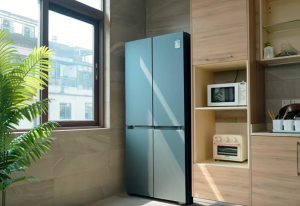
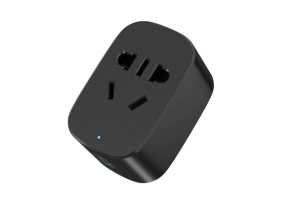
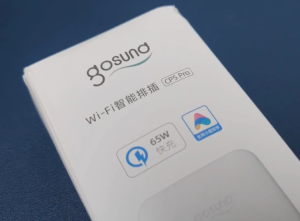



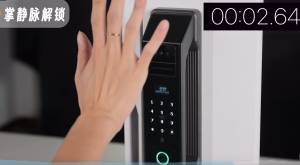

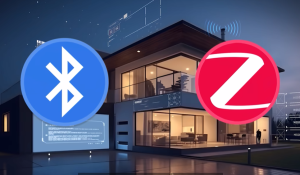
Post Comment